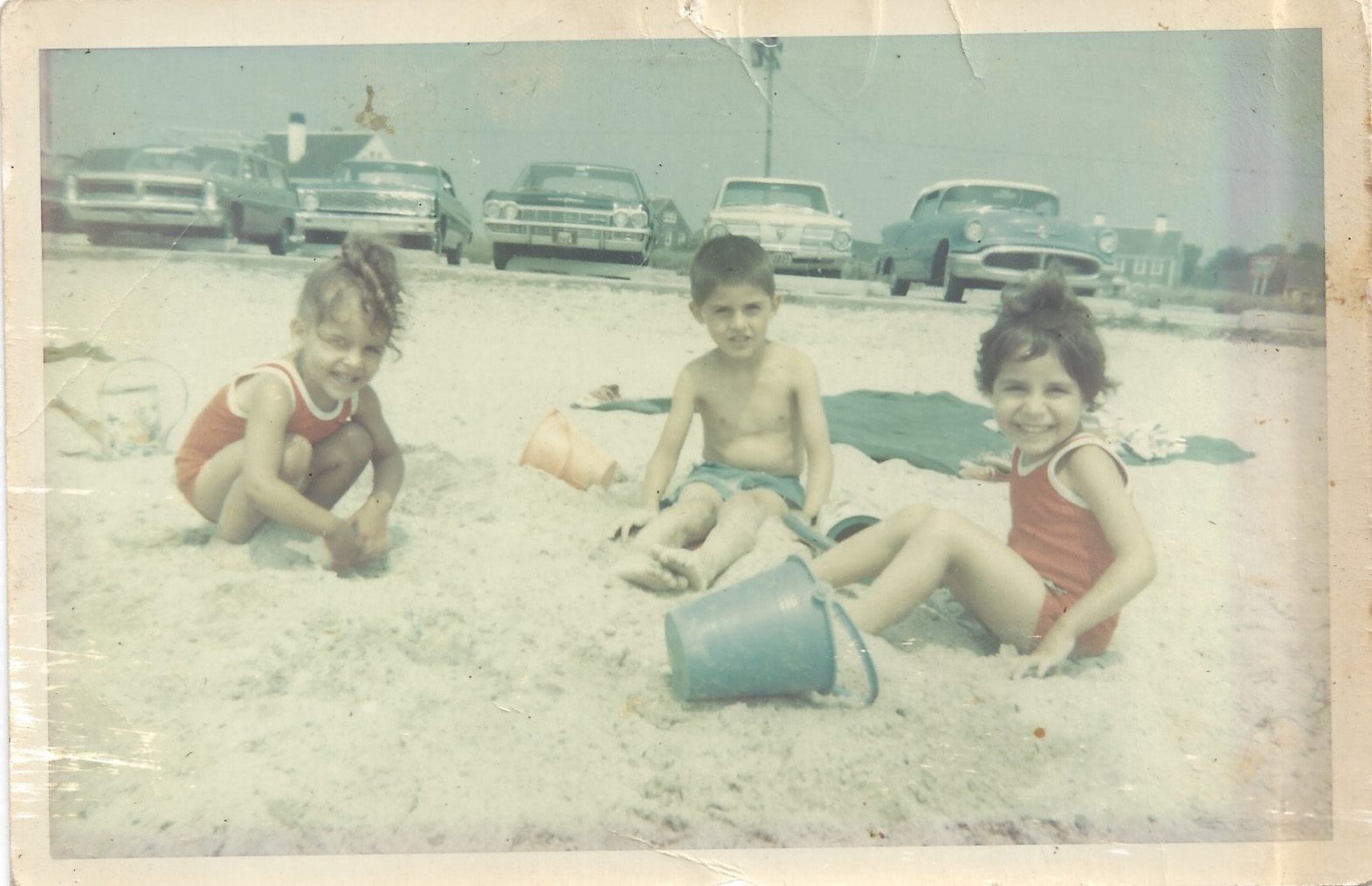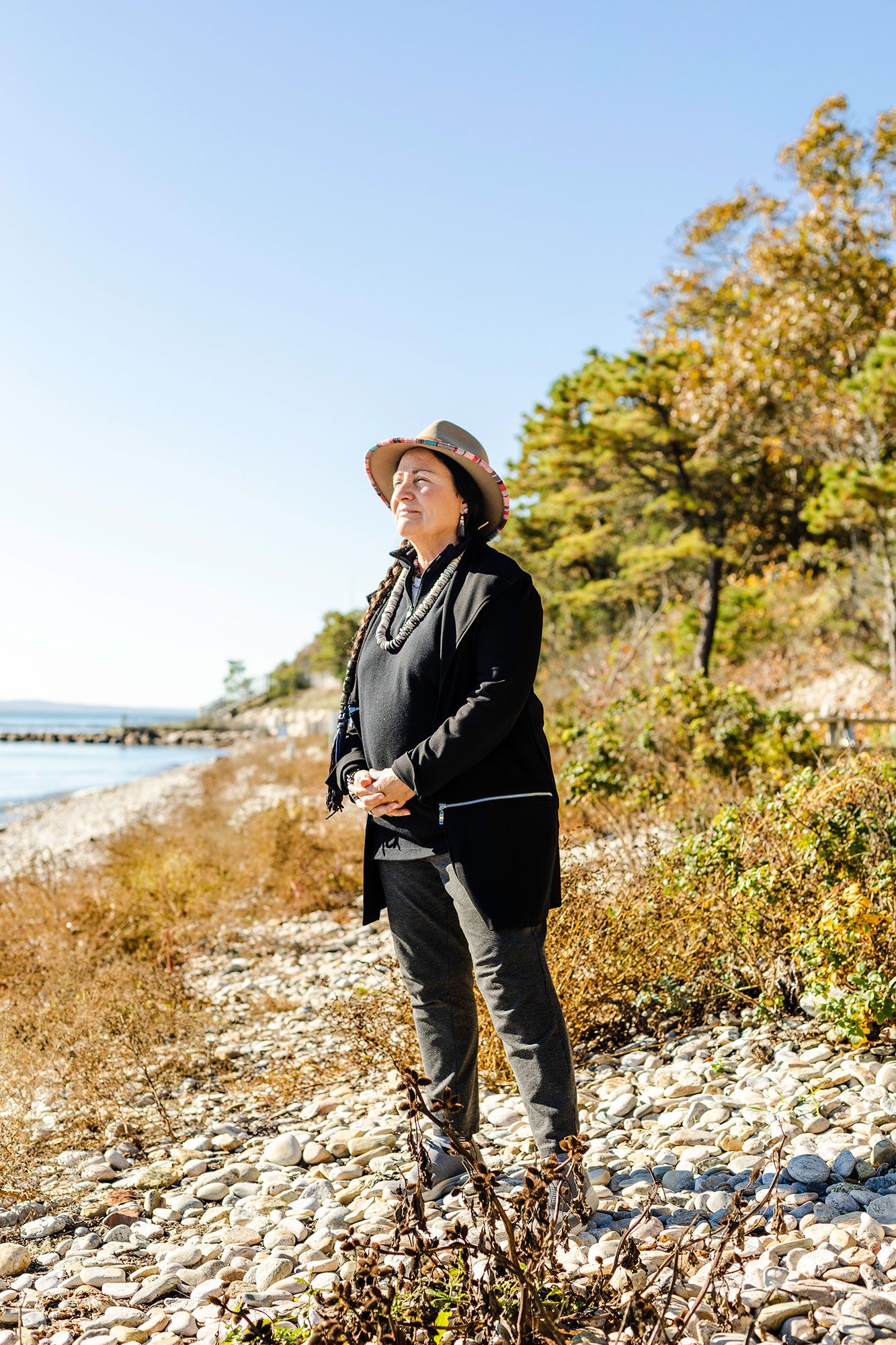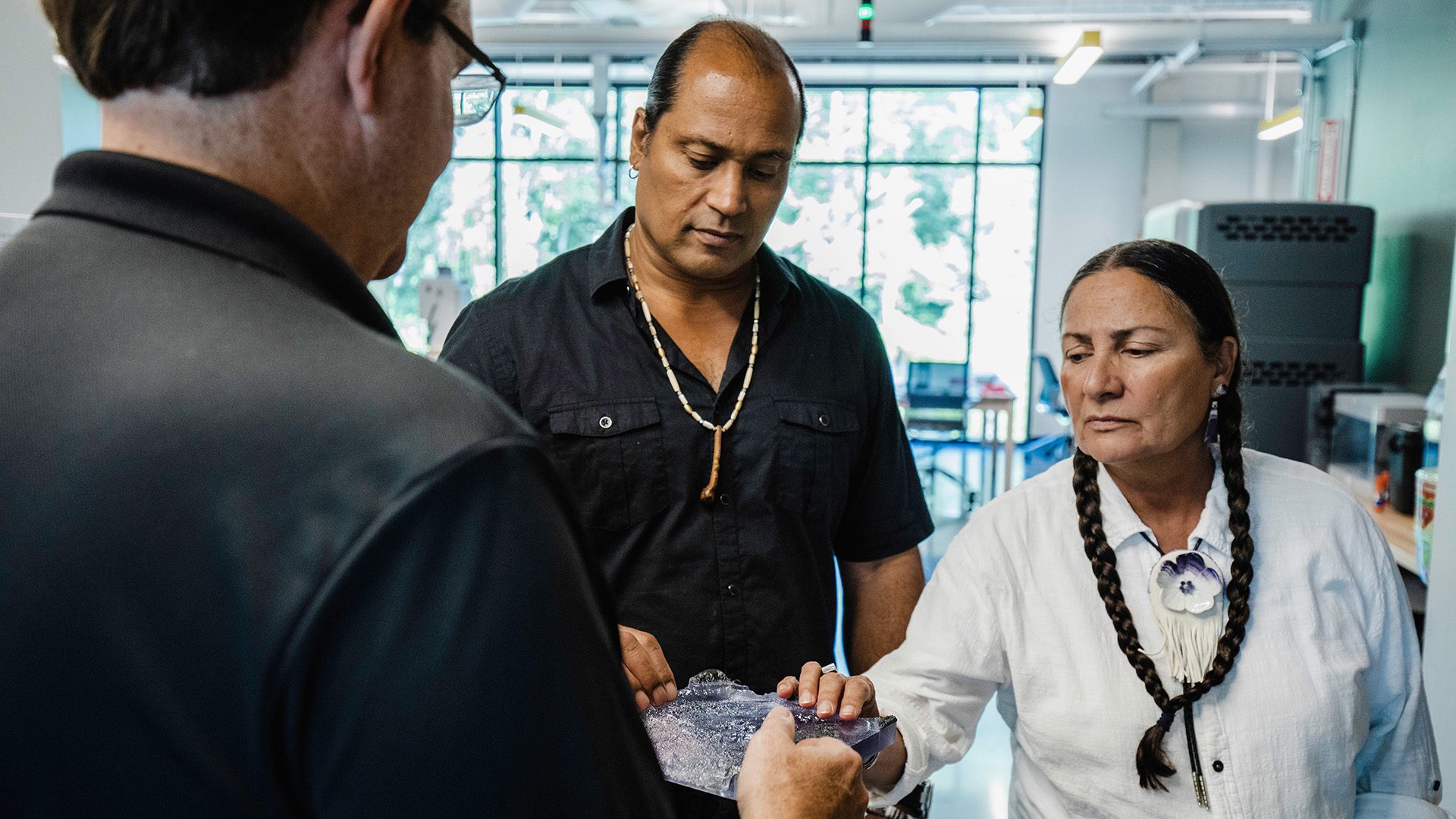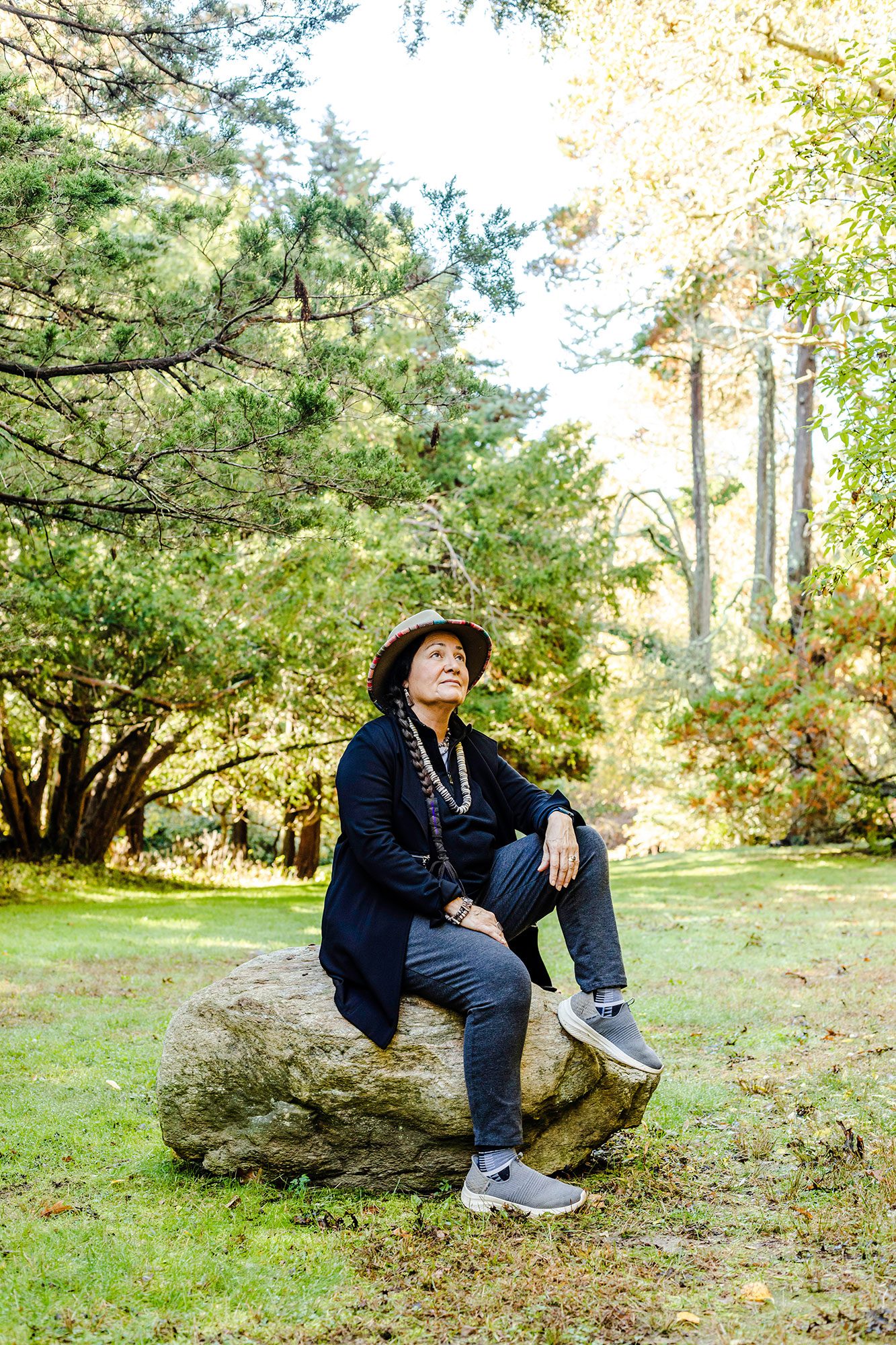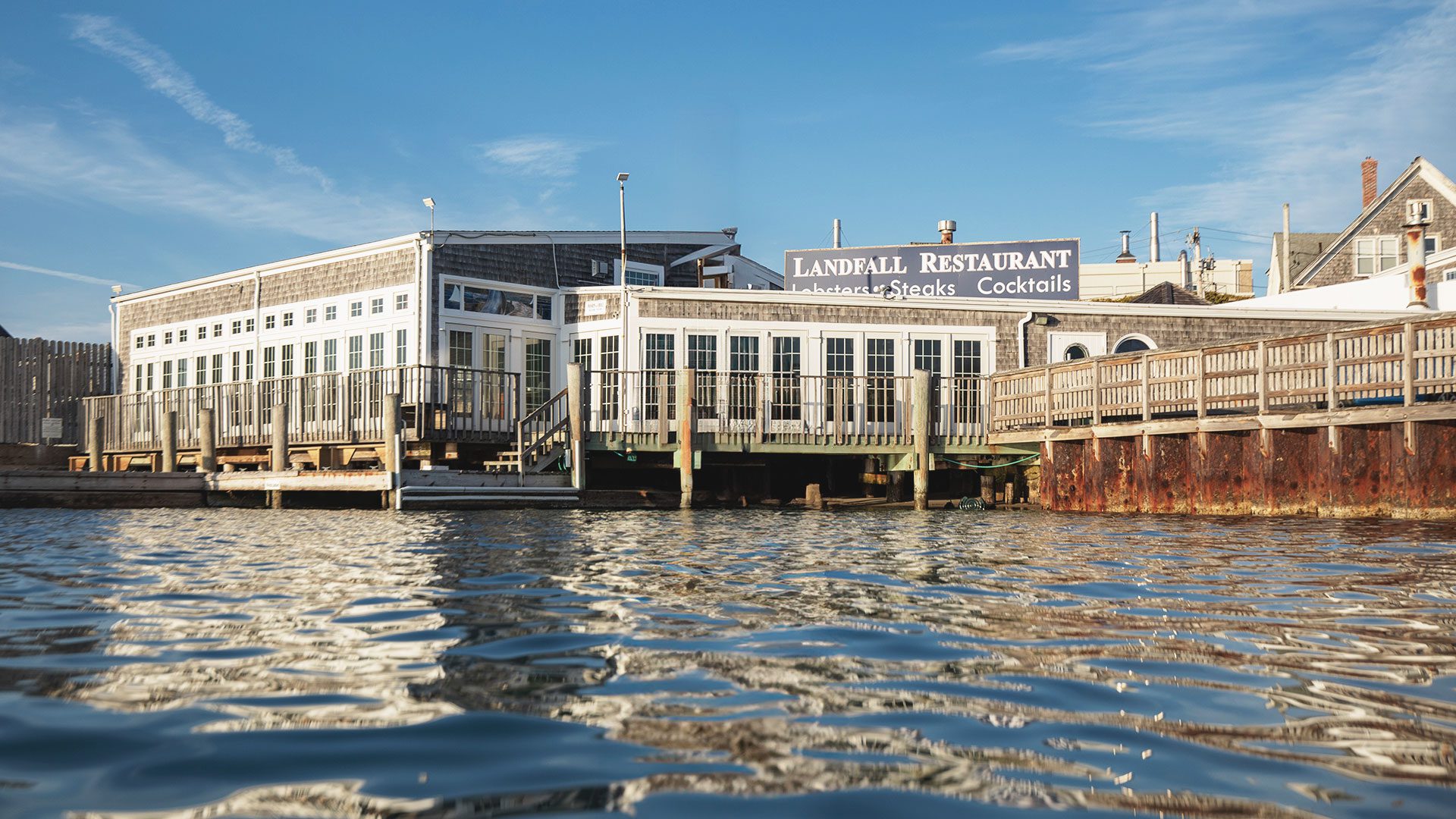Why Indigenous perspectives matter in the climate conversation
Wampanoag Tribal Member Leslie Jonas talks WHOI, Native rights, and a timely partnership

By Daniel Hentz | November 15, 2022
Leslie Jonas is an elder member of the Mashpee Wampanoag Tribe, a WHOI Sea Grant Fiscal Officer, and a grant admin working in the Marine Chemistry and Geochemistry Department, where she helps manage NSF and NOAA Sea Grant funding. Outside of Woods Hole, Jonas has written and managed numerous grants to support the Mashpee Wampanoag and other tribes, and for Building Pathways in Boston, a non-profit dedicated to growing trade skill opportunities for under-represented groups. Most notably, Jonas is a founding board officer for the Indigenous land conservation trust, Native Land Conservancy, and an advisory board member for the state’s Conservation Law Foundation (CLF). As a member of the tribe’s Eel Clan, she has always felt a deep connection and commitment to the preservation of the ocean. That passion culminated in the summer of 2022, when she facilitated the first meeting between WHOI and tribal leadership in history.
How did you interact with the ocean growing up?
I was raised in Hatchville, here on the Cape—where Coonamessett Pond and the cranberry bogs were my backyard. So, I grew up in the woods and on the water. But we were also in the ocean every chance we got to fish or swim, and be grateful for all of its beauty and power.
My father, who was Mashpee Wampanoag, raised my siblings and me to be very connected relationally to the land and water around us. So from a very early time, I had this deep respect for the natural world. We never polluted or threw things on the ground. We didn’t disrespect our Earth Mother. In fact, we would put on gloves, and with garbage bags, would walk the cranberry bogs to clean up every few months. We picked up all the bottles and garbage that people threw freely. This saddened us. In this way, my upbringing paved the way for me to understand the importance of balance in nature.
How did you get involved with uniting WHOI and tribal leadership?
Growing up, I used to always tell my mom, “Someday, I’m going to work for the Woods Hole Oceanographic Institution.” I got hired in 2021 and, interestingly enough, I’m probably going to retire from here. When I first started, I did a little investigative research to find out whether WHOI leaders had ever met with tribal leadership to talk. I wanted to know if there was anyone who had developed some kind of a plan to work together on shared issues. While a few tribal folks had worked at WHOI, I learned that no meetings had occurred between the tribe and the institution’s leaders. When Chief Organizational Development Officer, Natalie Nevárez, was hired, I made a point to reach out to her about connecting the tribe with WHOI. We worked together to coordinate a historic meeting between President Peter de Menocal, Deputy Director Rick Murray, and Tribal Historic Preservation Officer, David Weeden, this past summer.
How did you get involved with uniting WHOI and tribal leadership?
Growing up, I used to always tell my mom, “Someday, I’m going to work for the Woods Hole Oceanographic Institution.” I got hired in 2021 and, interestingly enough, I’m probably going to retire from here. When I first started, I did a little investigative research to find out whether WHOI leaders had ever met with tribal leadership to talk. I wanted to know if there was anyone who had developed some kind of a plan to work together on shared issues. While a few tribal folks had worked at WHOI, I learned that no meetings had occurred between the tribe and the institution’s leaders. When Chief Diversity, Equity, and Inclusion Officer, Natalie Nevárez, was hired, I made a point to reach out to her about connecting the tribe with WHOI. We worked together to coordinate a historic meeting between President Peter de Menocal, Deputy Director Rick Murray, and Tribal Historic Preservation Officer, David Weeden, this past summer.
Why is it important for WHOI to include Indigenous perspectives in the climate conversation?
As Native Peoples, we see and understand the causes of climate change. And while we agree that reducing carbon emissions is critical, some of the proposed solutions aren’t including—and in fact could be threatening—the cultural lifeways of Indigenous People. We understand, for example, the impact of offshore wind. Are we happy about it? Not always, because we know the resulting sound pollution could disrupt the already endangered North Atlantic right whale. Instead, maybe we consider covering every “industrial” surface, every shopping center, with solar panels. We also need to make sure climate solutions don’t further threaten and reduce the spaces that Indigenous Peoples need to survive and promote their own social economies, food systems, and livelihoods.
What ocean issues are of primary concern to the tribe right now?
We know from a lot of the research being done here, including work done by local conservationists, that there's a devastating impact happening in the oceans and environment. That impact is felt acutely by the Indigenous Peoples that rely on those natural systems. While many people go to the store to get their food and don’t always fish out of the bays, we do. Some of our people will sell their shellfish to support their families. My cousins and brothers will tell you that 25 years ago it used to take 20 minutes to fill a basket of clams. Today, it takes three to four hours. And these clams are so much smaller than they used to be.
Now that WHOI and tribal leadership have met, what’s next for this partnership?
Behind the scenes, Natalie Nevarez and I are working on a land acknowledgement.
By summer 2023, we’ll also work with WHOI on a tribal Preserving Our Homelands (POH) Camp to help middle-school-aged Indigenous students to connect and reconnect with the natural world. That said, I think the power really lies in what can happen between the two groups and the trust that needs to be developed between us. This isn’t a scenario where we get into lock-step and success happens right away. This will be a relationship-building exercise that will take some time. It will be very important for the tribe to be included beyond sharing ancient wisdom passed down through our oral tradition.
The ancestral lands of the Wampanoag Nation encompass a large swath of Massachusetts. This includes all of Barnstable County, which comprises 15 Cape Cod towns, Martha’s Vineyard and Nantucket, as well as lands extending down into eastern Rhode Island, west to the Blackstone River and North to the Merrimack River.

